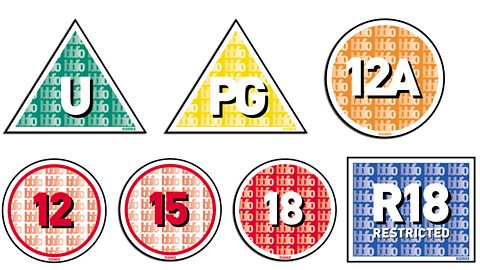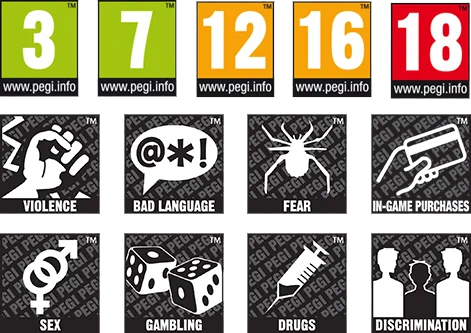Revision Notes
3.4 The legal issues that affect media
Regulation, certification, and classification
In the UK, media content is regulated and classified to protect audiences and make sure that media products are appropriate, safe and legal. Different organisations are responsible for monitoring content and setting age ratings or rules for what can and cannot be shown.
What types of media are regulated?
Regulation and classification apply to many different types of media products, including:
- TV and radio broadcasts
- Films and cinema releases
- Online video content and adverts
- Video games
- Social media and streaming content
- Adverts on websites, posters or print media
Why are regulation and classification important?
The purpose of regulation and classification is to:
- Protect children and vulnerable people from harmful content
- Set clear age ratings for films and games
- Make sure media content is honest, accurate and appropriate
- Ensure media producers follow laws and standards
Who regulates and classifies media?
There are different organisations responsible for regulating and classifying media content in the UK:
ASA (Advertising Standards Authority)The ASA checks that adverts are legal, decent, honest and truthful. This includes adverts on TV, social media, websites, print, and posters.
Ofcom (The Office of Communications)Ofcom regulates TV, radio, and video-on-demand services in the UK. It makes sure content follows broadcasting rules and deals with complaints from the public.
BBFC (British Board of Film Classification)The BBFC gives age ratings to films and some streaming content. Ratings include U, PG, 12A, 15 and 18. These help parents and audiences know what to expect from a film.
 PEGI (Pan European Game Information)
PEGI (Pan European Game Information)
PEGI gives age ratings to video games across Europe. Ratings include 3, 7, 12, 16 and 18. The rating is based on the level of violence, language, fear, or other content.

Examples of media classification
Here are some examples of how content might be classified:
- A horror film with strong violence and adult themes may be rated 18 by the BBFC
- A game with mild cartoon violence may be rated 7 by PEGI
- An advert that makes false health claims may be banned by the ASA
- A TV channel that airs offensive content before the watershed may be investigated by Ofcom
How does this affect media producers?
Regulation and classification have a big impact on how media products are made. Media producers must:
- Check if their content needs a certification or rating
- Follow the rules of the relevant regulatory body
- Make sure content is appropriate for the intended audience
- Be prepared to edit or remove content that does not meet the guidelines